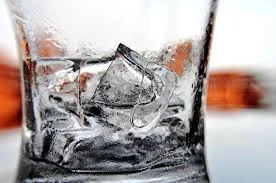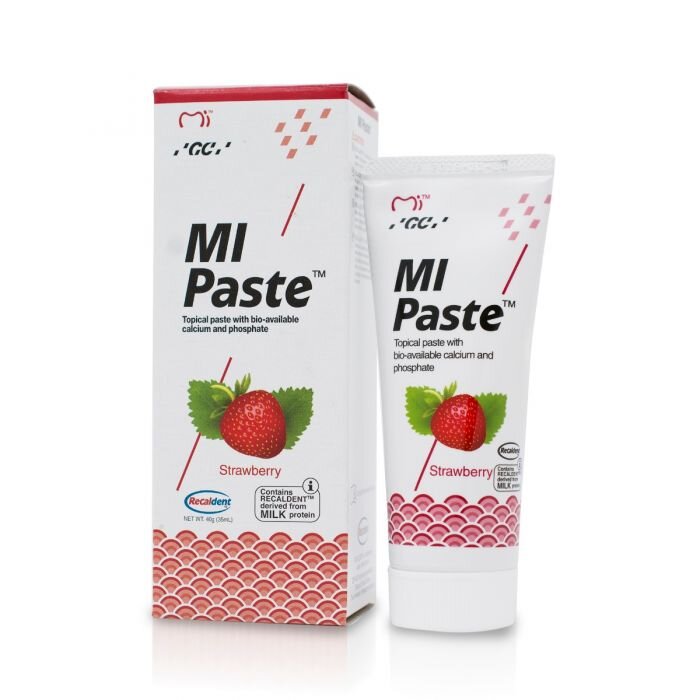Dentures of the Past
Nothing like a look back in the past to see how far you’ve come, am I right? Today’s blog was a request from our fabulous front office coordinator, Becca. Enjoy!
Dentistry is one of the oldest professions. Early in recorded history, a Sumerian text described “tooth worms” as the cause of dental decay, an idea that wasn’t proven false until the 1700s.
The first book to be published purely on the topic of dentistry was in 1530 titled, The Little Medicinal Book for All Kinds of Diseases and Infirmities of the Teeth.
The Etruscans of Italy used gold bands to attach human and animal teeth as far back as 700 BC. In today’s Mexico, they’ve found dentures dating from 2500 BC, made from wolf teeth. . The first recorded wooden dentures in Japan appeared in 16th century. During the 18th century, dentists experimented with dentures made out of human teeth, animal teeth and carved ivory. Dentures were usually made by goldsmiths and ivory turners. United States President, George Washington, was famous for having wooden teeth. While he did wear dentures, they were made with ivory from hippos and elephants, real human teeth, gold, rivets, spiral springs- not wood.
One of the most common medical practitioners in Europe during the Middle Ages was the “barber surgeon”. In this era, barbers were called upon to not only cut hair with their razors, but also to conduct many surgeries and pull teeth.
In 1723, Pierre Fauchard, a French surgeon credited as the father of modern dentistry, published a book called, The Surgeon Dentist, a Treatise on Teeth. For the first time, he provided a documented comprehensive system for preventing dental issues and treating teeth. Fauchard introduced dental fillings and proposed that acids from sugar led to tooth decay.
In 1840, Baltimore College of Dental Surgery, the first dental college opened. Harvard University Dental School was the first university-affiliated dental institution founded in 1867.
Colgate mass produced the first toothpaste in 1873 and mass-produced toothbrushes a few years later.
Around 1765, Paul Revere, who would later become famous for warning Colonial troops that the British were coming, was also trained as a dentist by America’s first dentist, John Baker, in addition to being a silversmith.
Imagine having to feel all your dental work without Novocaine. We take it for granted now, but it wasn’t invented until 1903! We can all thank the German chemist Alfred Einhorn who invented it.
We hope you enjoyed this look back at our adventurous dental history. Don’t worry - if you’re having any dental issues of your own, you can rest assured we have much more advanced and painless procedures to take care of you! Feel free to give us a call anytime at 541-482-4995.
































